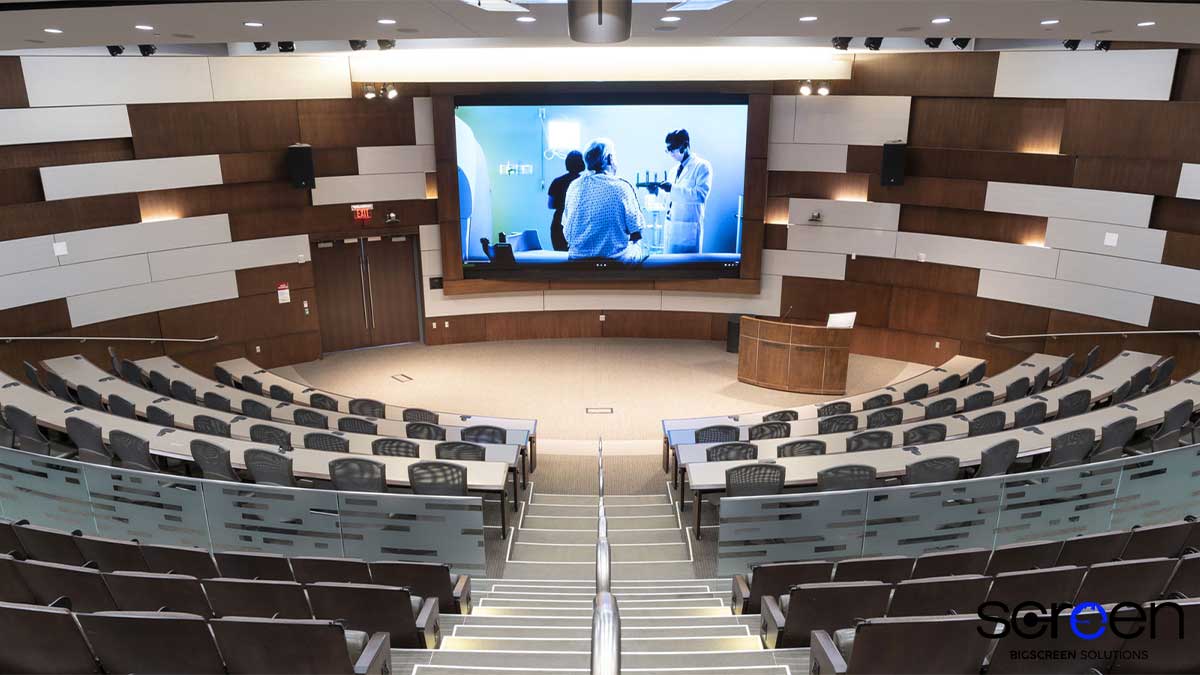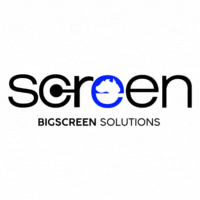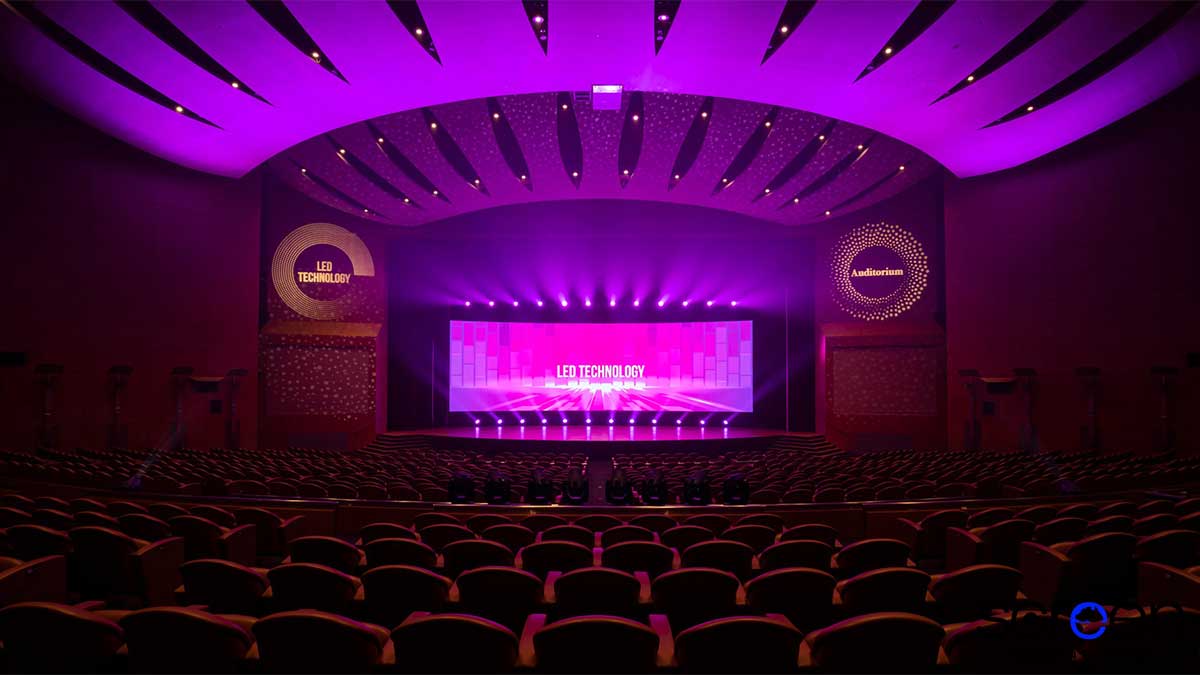In recent years, the integration of advanced display technology has transformed the way large gatherings, conferences, and educational events are conducted. Among the most influential of these technologies is the LED Video Wall, a versatile and visually impressive solution that is redefining how information is communicated in public and professional settings. From scientific symposiums to cultural forums, the high-definition capabilities, scalability, and flexibility of LED systems have opened new opportunities for collaboration, engagement, and data presentation.
The Evolution of Visual Communication in Auditoriums

Historically, auditorium setups relied heavily on slide projectors, overhead transparencies, and later LCD projectors to display information. While these tools served their purpose, they were limited by brightness, image size, and environmental lighting conditions. With the introduction of the LED Video Wall, these limitations have been largely eliminated. LED displays offer exceptional brightness that performs well even in brightly lit rooms, along with seamless scalability to create immersive visual environments.
The transformation is not just technological—it’s also cultural. Audience expectations have evolved, and the modern viewer demands a more dynamic and interactive experience. Whether in academic institutions or corporate training centers, the capacity of a display system to deliver sharp, vibrant, and uninterrupted visuals is now a key component in audience satisfaction.
The Role of LED Video Wall in Auditorium Research
For research-focused events, precision in data representation is critical. Scientists, educators, and analysts often need to display complex graphs, microscopic imagery, or real-time data feeds to an audience. The pixel density of modern LED panels ensures that even intricate details remain visible, no matter where the viewer is seated. This is particularly important in auditorium presentations, where attendees can be spread across large distances and multiple seating tiers.
LED systems also allow for real-time switching between content sources—an essential function when research presentations include live demonstrations, interactive Q\&A sessions, or multimedia integration. The robustness of LED panels ensures that such transitions occur without visual lag or flicker, preserving the flow of the presentation.
Customization and Scalability
One of the most significant benefits of an LED Video Wall is its scalability. Displays can be configured to fit any stage or auditorium wall, allowing for both modest installations in smaller halls and massive panoramic setups for convention centers. With modular design, technicians can easily expand, repair, or upgrade specific sections without replacing the entire system.
For institutions seeking a tailored solution, LED video Wall Panels come in various sizes and specifications, enabling precise customization based on the auditorium’s spatial dimensions and viewing requirements. This flexibility ensures that every seat, from the front row to the back balcony, offers an equally clear view of the content.
Image Quality and Pixel Considerations
High-resolution imaging is a defining strength of LED walls. In academic research environments, the clarity of text, charts, and multimedia content is paramount. The sharpness of the visuals is determined in part by the Pixel Pitch in LED technology—a measurement of the distance between individual pixels. Smaller pixel pitch values deliver higher image resolution, which is especially beneficial when audiences are seated close to the screen.
This factor becomes vital in auditoriums that serve multiple purposes, from research conferences to public performances. A well-selected pixel pitch ensures optimal visibility for each use case, balancing resolution needs with budget considerations.
Integration with Modern Presentation Tools
The modern LED Video Wall is not a standalone display—it integrates seamlessly with a wide range of media systems, from wireless screen-sharing platforms to video conferencing tools. This integration allows for remote guest speakers, hybrid event formats, and even AI-assisted data visualization. Such versatility has made LED walls an essential investment for academic institutions and corporate training facilities aiming to stay relevant in a digital-first era.
When considering system integration, it’s worth exploring guides such as How to Choose Outdoor LED Advertising Display, not because an auditorium is outdoors, but because these guides cover important specifications, environmental durability, and brightness ratings that can influence indoor performance as well.
Enhancing Engagement in Auditorium Presentations
One of the challenges in large-scale events is keeping the audience engaged. Long sessions can lead to attention fatigue, especially if visual content is monotonous or unclear. With the immersive nature of an LED Video Wall, organizers can alternate between text, high-definition video, interactive graphics, and live social media feeds to keep presentations dynamic.
In auditorium presentations, this technology allows the audience to not just passively receive information but to interact with it. For example, real-time polling results, live annotations, and audience-submitted questions can be displayed instantly, creating a two-way flow of communication that traditional projection methods rarely achieve.
Considerations When Investing in LED Technology
Institutions planning to install LED walls must take into account several technical and logistical factors. Beyond resolution and brightness, these include viewing angles, maintenance requirements, and the adaptability of the display for future technological upgrades. Guides like Things to Consider When Buying a LED Display can offer valuable insights, even if the purchase is for indoor use, as many of the considerations—such as long-term cost efficiency and serviceability—apply to all environments.
Additionally, the choice between different LED configurations matters. The Difference Between DIP and SMD LED Displays illustrates how different diode packaging technologies can influence display performance, color accuracy, and maintenance needs.
Cost Efficiency and Long-Term Value
Although the upfront cost of a high-quality LED Video Wall can be significant, the long-term return on investment often justifies the expense. Unlike traditional projectors, which require regular bulb replacements and suffer from reduced brightness over time, LED systems maintain consistent luminance and color performance for many years. Lower maintenance needs and the ability to update individual modules instead of replacing the entire unit further enhance their cost-effectiveness.
For research institutions, the cost savings are not just financial—they extend to improved research communication and reduced downtime during events. This ensures that each presentation meets the high standards expected in professional and academic environments.
Cross-Industry Applications
While the focus here is on academic and research settings, the utility of LED Video Wall technology extends far beyond. Performing arts centers, corporate headquarters, houses of worship, and government facilities are all finding innovative ways to use these displays for communication, branding, and public engagement. The shared benefit across industries is the ability to deliver impactful, large-scale visual experiences that resonate with audiences.
By borrowing best practices from different sectors—such as the retail industry’s mastery of visual storytelling or the sports world’s expertise in live data feeds—auditorium planners can make their events even more compelling.
The Future of LED in Research and Education

The rapid pace of LED innovation suggests that the auditorium of the future will be even more versatile, with higher resolutions, greater energy efficiency, and enhanced interactivity. Emerging technologies such as microLED and AI-driven content optimization promise to elevate the capabilities of auditorium presentations to new heights.
Furthermore, augmented reality (AR) and virtual reality (VR) integration could transform research displays into fully immersive environments. Imagine a research symposium where attendees can explore 3D molecular models or geographic simulations on a life-sized LED backdrop—this is not a distant dream, but an approaching reality.
Conclusion
The LED Video Wall has become a cornerstone of modern auditorium design, revolutionizing how research findings and educational content are shared. Its adaptability, clarity, and integration capabilities make it an indispensable tool for academic institutions, research centers, and event organizers aiming to create meaningful and impactful experiences.
As technology continues to evolve, the collaboration between display manufacturers, content creators, and end users will shape the next generation of auditorium systems. With careful planning, strategic investment, and a clear understanding of audience needs, these advancements will ensure that future auditorium presentations are not only informative but also visually unforgettable.




